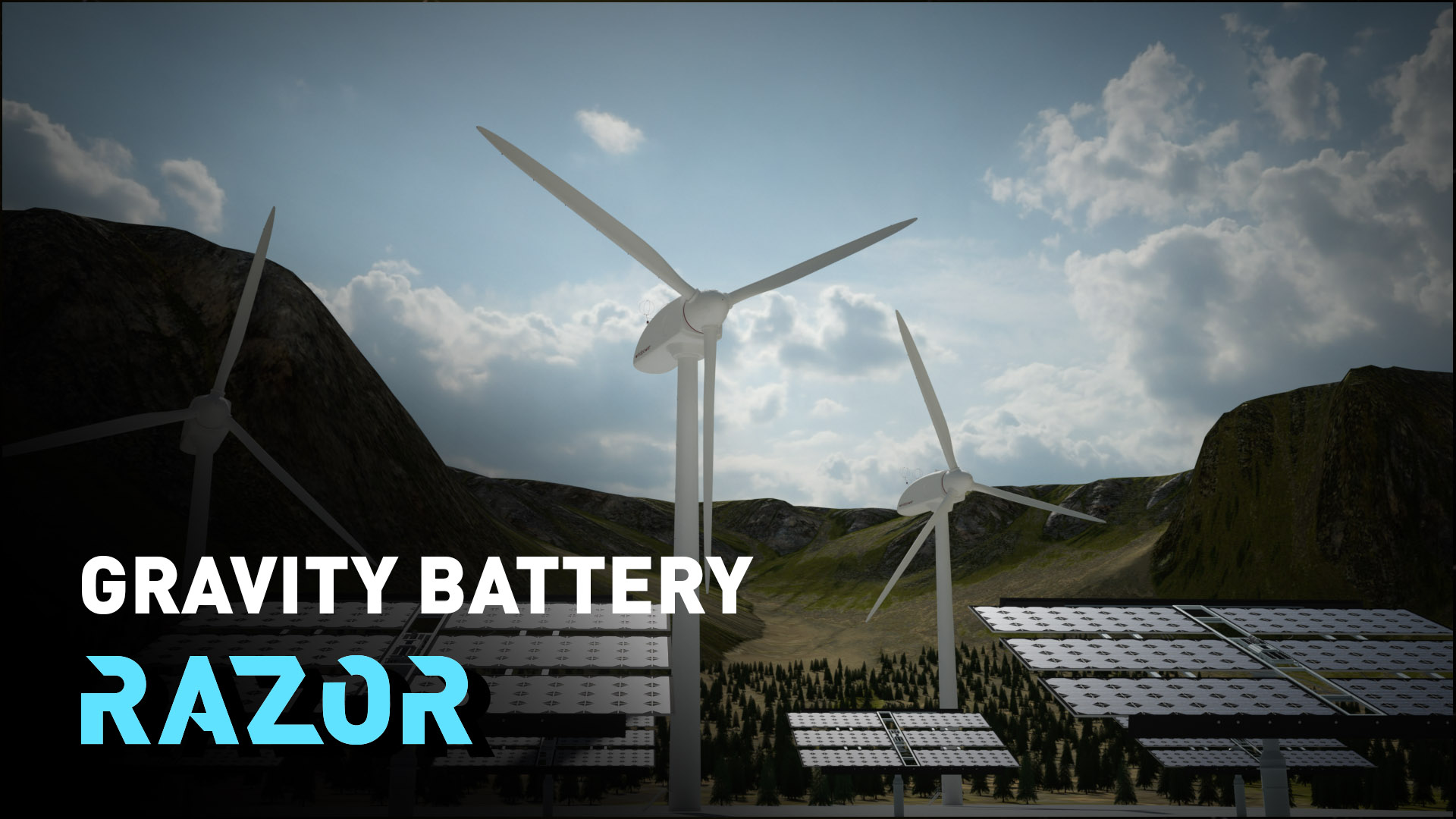02:03

One of the major problems with renewable energy is storing it so that the power can be used in all weather conditions, not just when the sun is shining or the wind is blowing.
Batteries are an energy store to some extent, but at the moment they are expensive, resource-consuming and currently can't store enough energy to meet most large-scale demands.
However, according to Imperial College London a cheap virtual battery could be created by hoisting and dropping 12,000-tonne weights down disused mine shafts.
This is known as gravity energy, and is being developed by Gravitricity, a company based in Edinburgh, which is hoping to use old mines to make better use of clean electricity at half the cost of lithium iron batteries.
But how exactly does gravity energy work? Like many renewable energy systems, it's based on supply and demand – using times of energy surfeit to prepare for the times when it is needed.
When there is excess renewable energy available, it uses electric winches to hoist the weights to the top of the shaft. Then, when extra electricity is need, the weights are dropped hundreds of meters down vertical shafts to generate extra power.

CLICK: WHY 'EUROPE'S ROOFTOP' FACES AN UNCERTAIN FUTURE
This process is similar to hydropower projects, which employ the potential energy of the water stored behind a dam. If the project were at full scale, it would drop 24 weights, totalling 12,000 tonnes, to a depth of 800 meters – releasing enough energy to power 63,000 homes for more than an hour.
Carefully controlling the winches allows this period to be extended by setting the different weights to fall at a slower rate and release electricity over a longer time period.
The company is currently in discussion with mine owners in the UK, Finland, Poland, Czechia and South Africa, where mine shafts can potentially be more than 2,000 meters deep.
According to the Imperial College report, the proposal is the most price-competitive energy storage option due to its relatively low upfront cost and a potential lifespan of more than 25 years.
The idea won't entirely replace all lithium batteries on grids, but it is being welcomed as a promising an effective addition to the string of alternative energy sources required to lower CO2 emissions.